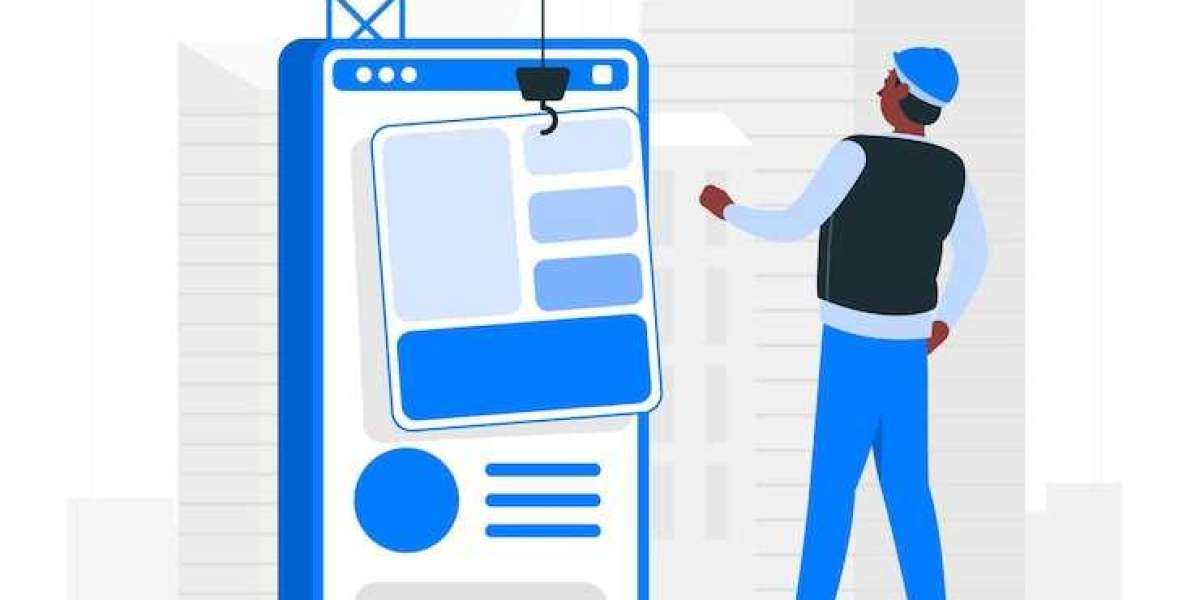In the competitive world of e-commerce, optimizing your Shopify store mobile app is crucial for maximizing sales. With the increasing reliance on mobile shopping, ensuring that your app offers a seamless and engaging user experience can significantly boost conversions. This guide will walk you through essential strategies to optimize your Shopify mobile app for maximum sales, from improving user experience to leveraging advanced marketing techniques.
Enhancing User Experience (UX)
Streamlining the Onboarding Process
The onboarding process is the first interaction users have with your app, making it a critical point for engagement. A smooth and intuitive onboarding experience can set the tone for the entire user journey.
Simplify Account Creation
Avoid asking for too much information upfront. Allow users to sign up with social media accounts or email to reduce friction. You can always ask for additional details later, once the user is more invested in your app.
Use Interactive Tutorials
Interactive tutorials can help new users understand how to navigate your app. Instead of overwhelming them with information, guide them through key features with short, engaging walkthroughs that highlight the app's most important functions.
Improving Navigation and Search Functionality
A well-organized app with intuitive navigation can significantly improve user satisfaction and encourage purchases.
Implement a Clean and Simple Menu
Your app's menu should be easy to navigate, with clear categories and subcategories. Avoid clutter and ensure that users can find what they’re looking for with minimal effort. The menu should be accessible from anywhere in the app, allowing users to switch between different sections easily.
Optimize the Search Bar
The search bar is one of the most-used features in any e-commerce app. Make sure it’s prominently placed and equipped with auto-suggestions and filters to help users quickly find products. An advanced search algorithm that understands synonyms and misspellings can also improve the search experience, leading to higher conversions.
Leveraging Personalization for Increased Sales
Utilizing Customer Data for Personalized Recommendations
Personalization is key to increasing sales in any e-commerce environment. By leveraging customer data, you can create a more tailored shopping experience that resonates with individual users.
Offer Product Recommendations
Use algorithms to analyze customer behavior and recommend products based on their browsing and purchase history. Display these recommendations on the homepage, product pages, and during checkout to encourage users to add more items to their carts.
Personalize Marketing Messages
Tailor your push notifications and email marketing campaigns based on user behavior and preferences. For example, send personalized discounts on items left in a user's cart or notify them when a product they've shown interest in is back in stock.
Creating Dynamic Content
Dynamic content adapts to each user's preferences, creating a more engaging and relevant shopping experience.
Implement Personalized Banners
Use dynamic banners that change based on the user's behavior. For example, if a user frequently browses a particular category, display banners promoting sales or new arrivals in that category.
Tailor the Homepage
Personalize the homepage based on user segments. For instance, a returning customer might see recently viewed items or related products, while a new user might be greeted with popular items or bestsellers.
Optimizing Checkout Process
Reducing Cart Abandonment
Cart abandonment is a common issue in e-commerce, but with the right strategies, you can reduce the likelihood of users leaving without completing a purchase.
Simplify the Checkout Process
A complex checkout process can deter users from completing their purchases. Streamline the process by reducing the number of steps required to checkout. Enable guest checkout to avoid forcing users to create an account and auto-fill forms where possible.
Offer Multiple Payment Options
Different users have different payment preferences. By offering a variety of payment options—such as credit cards, PayPal, and mobile wallets—you can cater to a wider audience and reduce friction at checkout.
Provide Discounts or Free Shipping
Offer a discount code or free shipping to users who are about to abandon their cart. This small incentive can often be enough to encourage them to complete their purchase.
Highlight Urgency
Create a sense of urgency with limited-time offers or stock alerts. For example, letting users know that only a few items are left in stock can prompt them to make a quick decision.
Utilizing Advanced Marketing Strategies
Running Targeted Push Notifications
Push notifications are a powerful tool for driving engagement and sales, but they must be used strategically to avoid overwhelming users.
Segment Your Audience
Segment your users based on behavior, preferences, and purchase history. Send targeted push notifications that are relevant to each segment. For example, you can notify users about a sale on products they've previously viewed or alert them to a price drop on items in their wishlist.
Time Your Notifications
Timing is crucial for the effectiveness of push notifications. Send them at times when users are most likely to engage with your app, such as during lunch breaks or in the evening. Avoid sending notifications too frequently, as this can lead to users disabling them altogether.
Implementing Retargeting Campaigns
Retargeting campaigns help bring back users who have interacted with your app but haven't made a purchase.
Use Retargeting Ads
Display retargeting ads on social media and other platforms that showcase products users have viewed or added to their carts. These ads serve as reminders and can effectively bring users back to complete their purchase.
Leverage Email Retargeting
If a user abandons their cart, send a follow-up email reminding them of the items they left behind. Include images of the products, a link back to their cart, and any incentives like discounts to encourage them to return and complete their purchase.
Analyzing and Iterating
Monitoring Key Performance Indicators (KPIs)
To ensure your optimization efforts are paying off, regularly monitor key performance indicators (KPIs) related to your app's performance.
Track Conversion Rates
Measure how many users complete a purchase after downloading your app. Identify any drop-off points in the user journey and adjust your strategy accordingly.
Analyze User Behavior
Use analytics tools to gain insights into how users interact with your app. Understand which pages have the highest bounce rates, where users spend the most time, and which products are most popular. Use this data to make informed decisions about further optimizations.
Continuous A/B Testing
A/B testing allows you to experiment with different elements of your app to see what works best for your audience.
Test Different UI Elements
Experiment with various layouts, colors, call-to-action buttons, and other UI elements to see what drives the most conversions. A/B testing can help you refine your app’s design and user experience continuously.
Optimize Marketing Campaigns
Run A/B tests on your push notifications, email campaigns, and retargeting ads to determine which messages, timings, and offers are most effective. Continuously iterate on your campaigns to maximize their impact.
Conclusion
Optimizing your Shopify store mobile app for maximum sales involves a multifaceted approach, focusing on enhancing user experience, leveraging personalization, streamlining the checkout process, and implementing advanced marketing strategies. Using the right Shopify mobile app builder, you can continuously analyze performance and refine your strategies to drive sales and build long-term customer loyalty. In the ever-evolving e-commerce landscape, staying ahead with a well-optimized mobile app can be key to sustained growth and success for your Shopify store.







